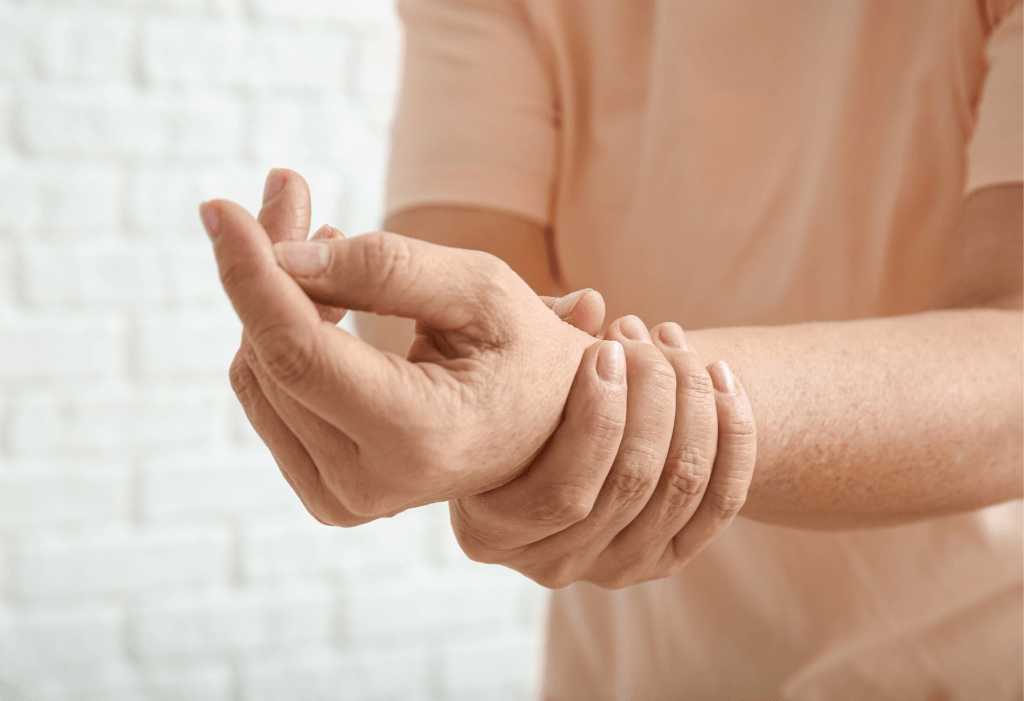Wondering if exercise can cure essential tremor? This article breaks down effective exercises that could reduce tremors and improve your daily life.

If you or a loved one are dealing with essential tremor, you’ve probably explored various remedies and treatments. A common question that arises is: Can exercise be a cure? While the word ‘cure’ may be ambitious, understanding the role of exercise in managing essential tremor is crucial. Let’s dive into how exercise impacts this condition.
What is an essential tremor?
First, it’s important to understand what essential tremor is. This neurological disorder is characterized by involuntary, rhythmic shaking, typically affecting the hands but can also impact the head, voice, and other body parts. The exact cause is unknown, though genetic factors are often involved. Essential tremor can affect people of all ages but are more common in those over 40.
Essential tremor can range from mild to severe and can impact daily activities like writing, drinking from a cup, or using a smartphone. Beyond the physical effects, this condition can also have emotional and social repercussions, such as frustration, embarrassment, or social withdrawal.
Can exercise cure essential tremor?
Now to the main question: Can exercise cure essential tremor? While exercise is not a cure in the strictest sense, it can significantly help manage the symptoms. Regular physical activity can improve muscle strength, coordination, and overall well-being, which in turn can help reduce the impact of tremors on daily life.
Strengthening exercises
Strengthening exercises focus on enhancing muscle control, which is crucial for individuals with essential tremor. Simple, repetitive exercises targeting the hands and arms can build muscle strength and improve stability. Over time, these exercises can lead to a noticeable reduction in tremor intensity during daily activities.
Aerobic exercises
Aerobic exercises like brisk walking, swimming, and cycling are beneficial for overall health and can help manage essential tremor symptoms. These activities improve cardiovascular health and increase blood flow to the brain, which may positively affect neurological functions. Engaging in aerobic exercise regularly can also improve sleep quality, another factor that can influence tremor severity.
Balance and coordination exercises
Yoga, Tai Chi, and similar practices not only enhance physical balance and coordination but also focus on mental calmness and concentration. These exercises encourage a holistic approach to managing essential tremor, addressing both the physical and psychological aspects of the condition. Improved balance and coordination can also boost confidence in performing everyday tasks.
Relaxation techniques
Stress and anxiety are known to exacerbate essential tremor symptoms. Incorporating relaxation techniques into daily routines can help calm the nervous system and reduce tremor episodes. Regular practice of these techniques can offer long-term benefits in managing stress and its impact on essential tremor.
Flexibility and stretching
Stretching exercises are essential for maintaining muscle flexibility, which can be compromised in individuals with essential tremor. Regular stretching can prevent muscle stiffness and enhance movement fluidity, making daily tasks more manageable. These exercises can also provide a sense of relaxation and physical relief.
Tailoring exercise to individual needs
Every individual’s experience with essential tremor is unique, necessitating a personalized approach to exercise. A tailored exercise plan, developed in consultation with healthcare professionals, can address specific challenges and goals. This personalized approach ensures that exercises are both effective and enjoyable, increasing the likelihood of regular practice.
The role of consistency and patience
In managing essential tremor through exercise, consistency and patience are key. Improvements are often gradual, requiring regular and dedicated practice. Celebrating small victories and tracking progress can provide motivation and a sense of accomplishment over time.
Other management strategies
In addition to exercise, a comprehensive approach to managing essential tremor may include medication, dietary adjustments, and lifestyle changes. Combining these strategies can provide a more effective management plan, addressing the condition from multiple angles. Regular consultations with healthcare providers ensure that each aspect of the management plan is optimized for the individual’s needs.
Conclusion
Exercise plays a crucial role in managing essential tremor, offering improvements in muscle strength, coordination, and overall well-being. While it may not be a cure, regular exercise can significantly reduce the impact of essential tremor on daily life. Embracing an active lifestyle, combined with other management strategies, can lead to a better quality of life and increased control over this condition.